My journey into the wild began some 12 years ago when I first ventured into the jungles of Dandeli in search of the Malabar Giant Squirrel. That first truly immersive experience gave roots to my interest in interpreting nature for people, for making them feel the magical and all encompassing connections that exist all around us. I took on the role of ‘naturalist’ from the very beginning of that first trip and I haven’t looked back. I have learnt so much since that first trip, but being here in the “heartland of India” andthe largest tiger reserve in Madhya Pradesh, Satpura,still teaches me something new everyday!
I have always loved jungles but now know that I can never let go of the hills-Satpura is theperfect blend of both and offers everything in between!
Why you ask? Let me tell you….
The Centre of Everything
Satpura Tiger Reserve is actually an amalgamation of the Pachmadi Biosphere Reserve, Satpura National Park and the Bori Wildlife Sanctuary, making itthe largest tiger reserve in Madhya Pradesh. Bori is one of the oldest reserves in India (historically, Captain James Forsyth of the Bengal lancers, combed this area in search for the elusive freedom fighter Tantia Tope on horseback, and discovered the beauty of this region). The wonderful sandstone cliffs, the gurgling rivulets, the calm and still backwaters, the undulating hills, the amazingly diverse forest types is ideal for a diverse range of flora and fauna, and is a haven to many endemic species.
It is home to around 52 species of Mammals, 31 of Reptiles, and 300 species of birds, including the Malabar Pied Hornbill, the Malabar Whistling Thrush and Madhya Pradesh’s state bird the Paradise Flycatcher (Doodhraj). Being a relatively undisturbed forest, it is home to 14 endangered species including arboreal mammals like the Flying Squirrel, the Indian Giant Squirrel and Leaf nosed Bat as well as the Indian Skimmer. The clear streams and rivers are home to the Eurasian Otter and the Smooth coated Otter.
While this may sound like I am paraphrasing right out of a textbook, my excitement is real and palpable, as I am able to check more and more species of my checklist everyday!
The Central Indian Highlands are what I like to call the heartland of India, not only because they are geographically situated right in the middle of the country, but also because one can see an overlap of the flora and fauna of both north and south India right here. This area has a large and diversified population of wildlife which israrely seen in other national parks, making our learning experiences so much more fulfilling and our guest experiences unparalleled. This forest area is unique in its ecosystem and has a long history of wildlife conservation which is evident from the abundance of wildlife species present here.
The Backwaters
The river Denwa forms a natural demarcation between the core and buffer zones of Satpura Tiger Reserve. At the peak of summer after its waters have been much used, it is barely a dozen feet wide; but right after the monsoon, she is a beautiful sight to behold.
These beautiful backwaters call to the hundreds of waterbirds and migratory winter visitors that will flock to Satpura every winter. Even as the water recedes, extensive mudflats are exposed, making way for waders and shallow feeding waterbirds. Indian Skimmers have only a few known nesting sites in India, the mudflats of the backwaters of Denwabeingone of them. An abundance of prey also means that predatory birds flock to this area. Some residents, some migrants and some that breed here. The diversity can be attributed to the fact excellent conservation efforts have been undertaken by the Forest Dept in combination with the Naturalists of the area. The race to be the first to find a winter visitor, or a returning migrant is exhilarating! We take our birding very seriously at Forsyth Lodge!! As an amateur birdwatcher or a seasoned one, you can have an immense amount of fun and excitement what with all the different, colourful, rare, and migratory species here.
Merrily Down the Stream
The wonderful thing about the ‘Satpura model of tourism’ is the very raw and natural way you can explore the jungle. Boating or canoeing along the river Denwa, both upstream and downstream is an amazing experience and gives you a completely different perspective of the forest. Boating allows you to see animals without the restriction of staying on roads, it gives you greater access to the inner edges of the forest, especially when the water is high you can access the edges of the ravines where the water goes right upto the beautiful dense forest. The canoe safaris is paddle powered and gives an amazing silent and immersive feel of being one with the forest, the river and the landscape. You can choose to paddle yourself, or let your guide do the work – I do a mix of both, its nice to warm up a little once in a while. Being on the river gives you a different perspective and is something that should be experienced at least once in your lifetime!
Core Control
When you think of Indian jungles, your mind jumps straight todriving around in jeeps looking for tigers. Not so here. HashimTayabji started leading walks into the core area of the Satpura Tiger Reserve approximately twelve years ago, and that is how tourism started here. This old school way of exploring the forest still remains an option for tourists, and trust me when I say that all the treks and hikes you have done in the past will pale in comparison to walking in the middle of a forest with just a few other tourists and a guide for company. You will discover smaller flora and fauna in a much more intimate setting. This is when you can stumble upon a herd of spotted deer and no manmade sounds (other than your own footsteps and maybe cameras) will get in between you and the sheer joy of watching these nimble creatures. The smells of the forest, the feel of that moist cool breeze, the ants that crawl, the chirping of the birds, the soft shuffle of hoofs and the crunch of a herbivore munching on some leaves is unparalleled. Watching life unfold around you is an uplifting experience. We spend a lot of our free days exploring the core zones on foot as bees dip into flowers, dragonflies get caught in spider webs, and butterflies flit around us.
Tête-à-Tête
This park has stayed off the radar from most tourist itineraries and hence is still quite untouched. The landscape makes spotting the ever elusive tigers difficult, easing the pressure of tourism from the park. Only 24 jeeps enter the corse zone, which means that you are among the fortunate few who have gotten the chance to explore this jewel of a forestat any point. The guides here have trained hand in hand with the naturalists at Forsyth Lodge and are very knowledgeable not only about the bigger mammals but also about insects, birds and plants of the area. Leopards roam free here in the undulating hills, the bears sniff out their tiny but mighty meals of termites and wild dogs play unhindered. This land of abundance offers an experience that will leave you amazed at the intricate relationships in nature and spell bound by the beauty of the landscape.
Trailing History
In the forests of Pachmari, time stands still. A hundred and fifty years ago, Captain James Forsyth discovered this region by walking a path that is now known as the ‘Forsyth Trail’. We follow his footsteps till this day, hiking and camping on thesame passage that led him through the rugged ravines and lush forests on his way to the discovery of Pachmarhi. The flora and fauna along this trail is completely different from the rest of the highlands owing to the variation in altitude and terrain. The Forsyth Trail lets us witness rare and endemic species of butterflies, birds and plants. Navigating boulders and forest floors teeming with unique species of insects, wecross gushing streams, soak in the serene vistas and interact with ‘Bharias’ a tribe indigenous to the valley, known for their ancient art of healing.
Churna
Situated inside the reserve is a charming British-eraforest ‘Rest House’, where onecan spend a night surrounded by nothing but miles and miles of forest. We call this the Churna camp. This area was once a large village settlement this was relocated in May 2013 as part of the current voluntary relocation program undertaken in Tiger Reserves across the country. Nearly 150 households moved to the buffer area of the park, and development and management of grasslands in this area has made an ideal grazing area for herbivores. The old trees around the camp are home to Malabar Giant Squirrels and Flying Squirrels, where the nullahthat runs alongside nurtures a variety of fish and birds.
All in all Satpura Tiger Reserve is one of the few places in India that gives us a glimpse into times gone by, when people roamed the forests and lived alongside the wildlife. If it is a well rounded forest experience that you are looking for, this is the perfect place for you! I know that this is the perfect place for me.

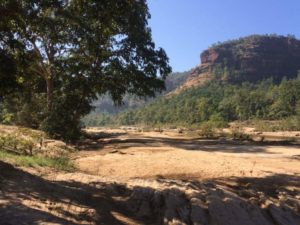



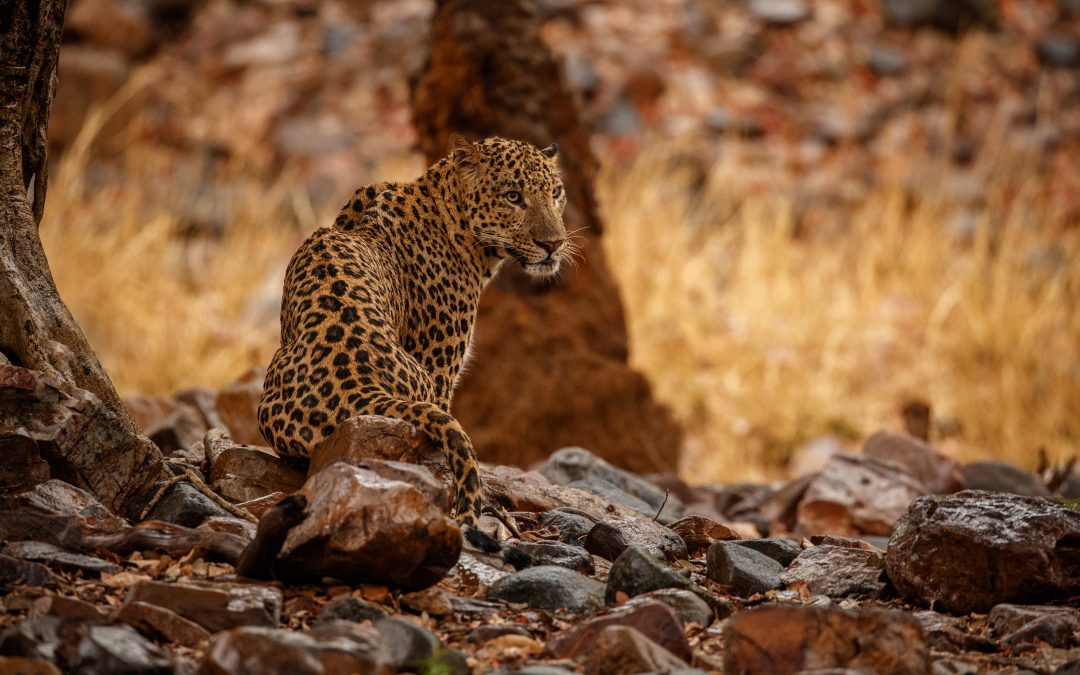
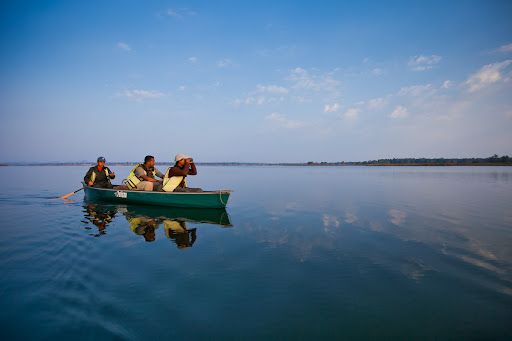
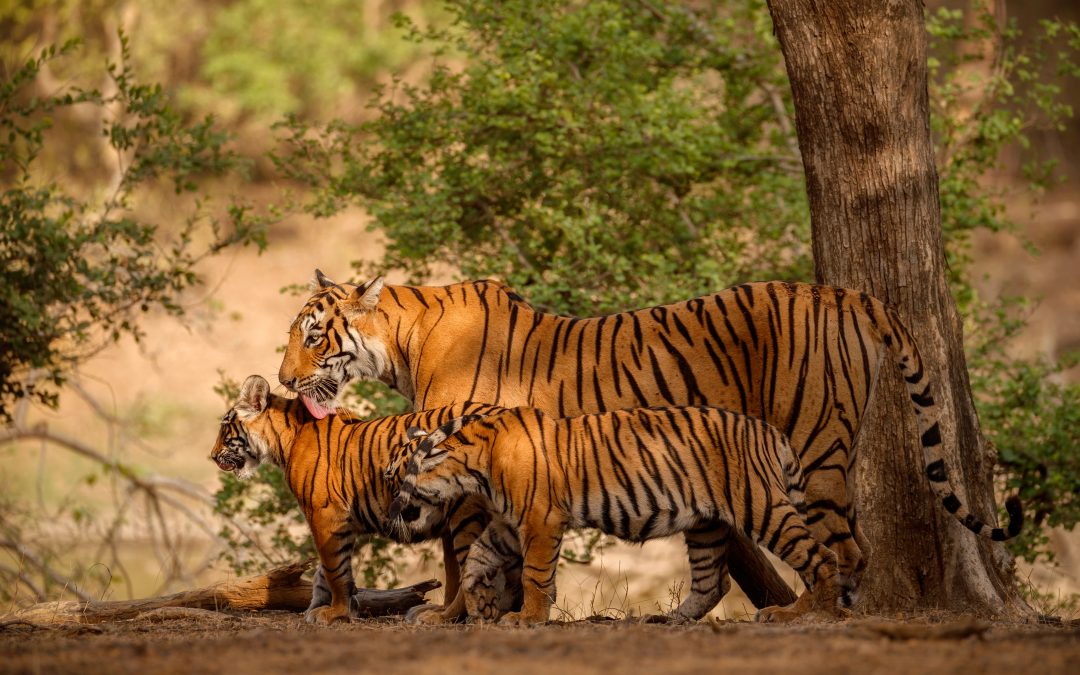

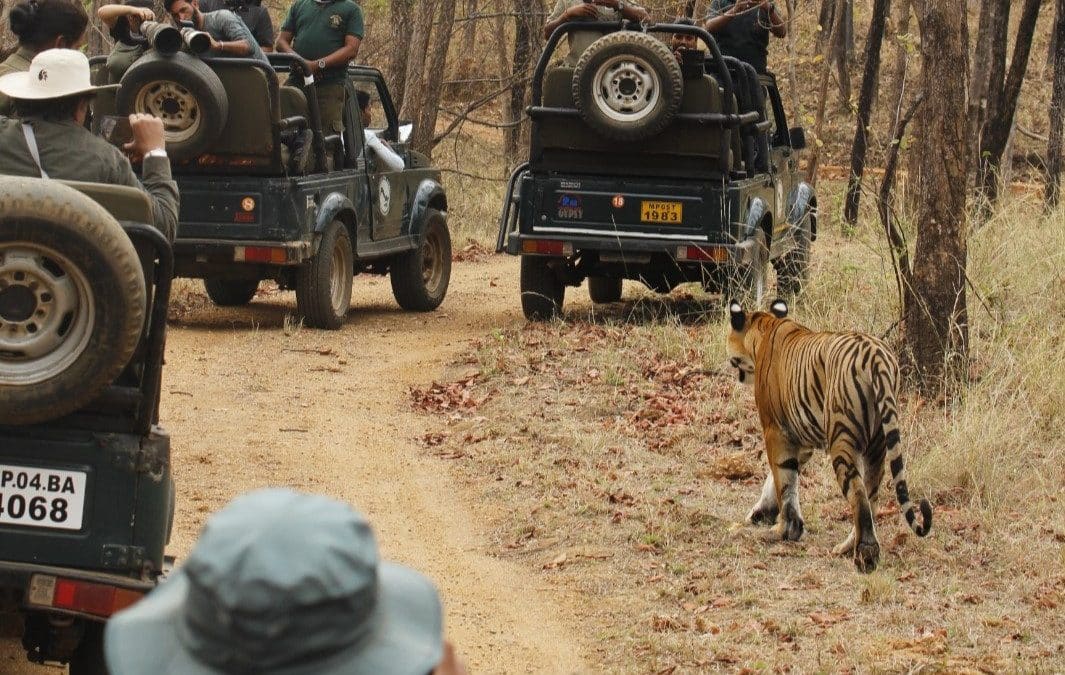
Recent Comments